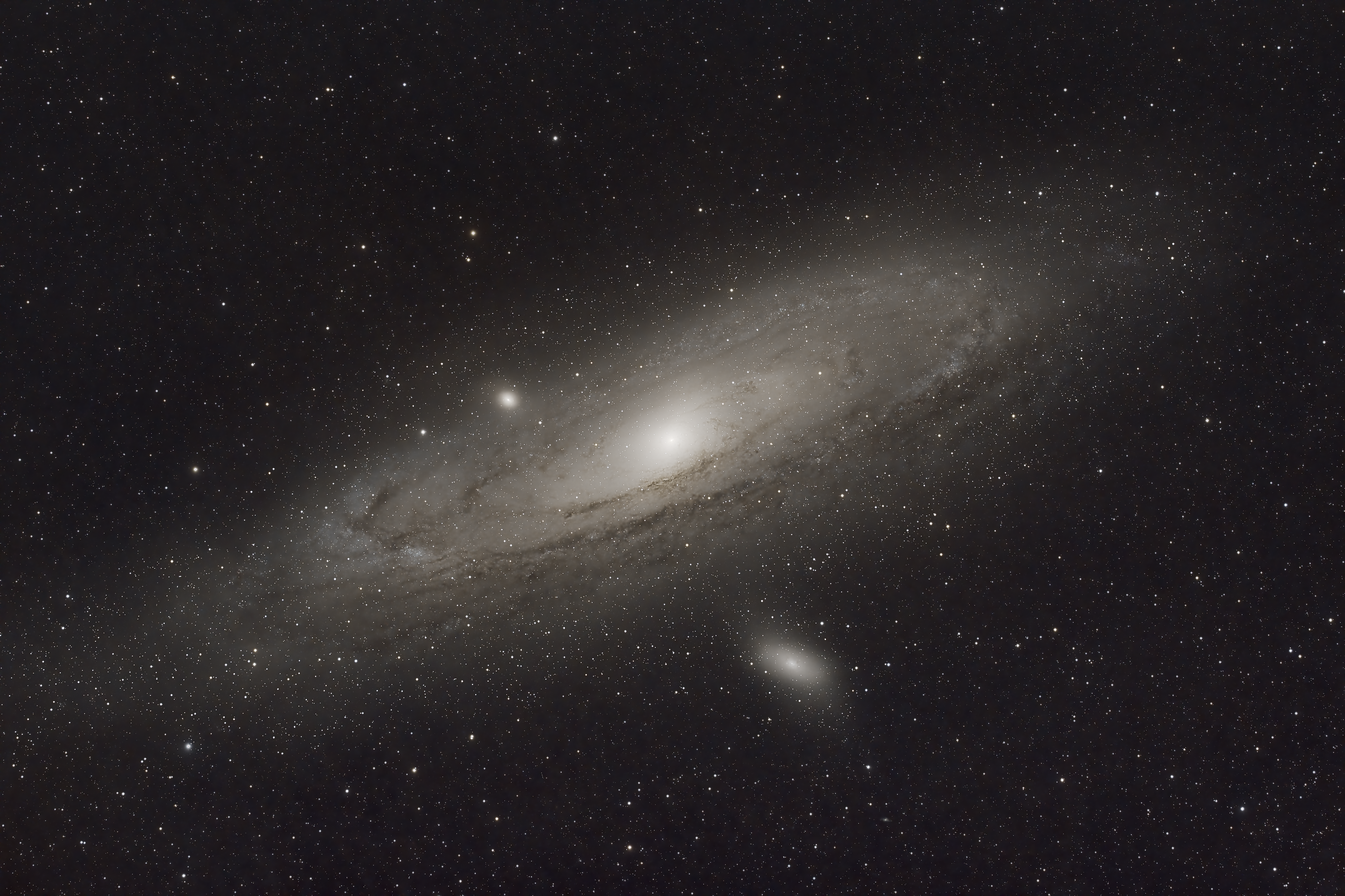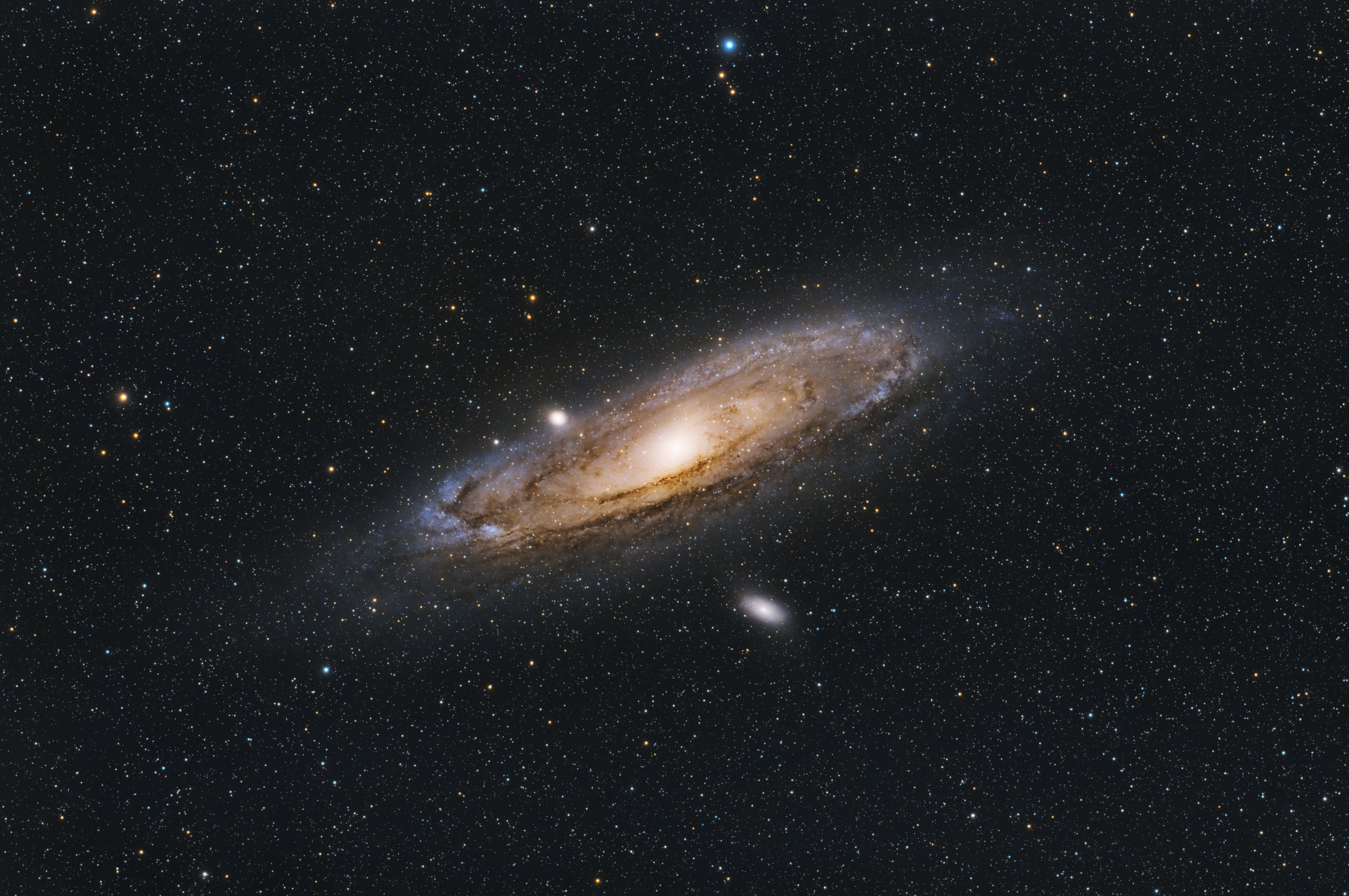Hello everyone,
I am still new to Astrophotography and still learning how to process images. I started to learn PixInsight about 3 weeks ago. I paid for the 3 RC Astro plug-ins. NoiseX, BlurX, and StarX. This was my 3rd try at processing Andromeda with PI.
I'm looking for help in my workflow and what I can do to make my images pop!! Of course CC on how I did with this image and what I can do to make it better.
The steps I used that I can remember, in PI (I should of written it down) are as follows:
WBPP, rotate/crop, PCC, DBE, SCNR, blurx, noisex, EZ Tools (soft stretch), Starx, CurvesTransformation, and some pixel-math stuff that I found online making a luminance layer. Also, HDRmultiScale Transformation, Boosted star saturation, and I think that was it. Then I put the stars back in with pixel math.
**Link to image** https://www.astrobin.com/0uijci/

I am still new to Astrophotography and still learning how to process images. I started to learn PixInsight about 3 weeks ago. I paid for the 3 RC Astro plug-ins. NoiseX, BlurX, and StarX. This was my 3rd try at processing Andromeda with PI.
I'm looking for help in my workflow and what I can do to make my images pop!! Of course CC on how I did with this image and what I can do to make it better.
The steps I used that I can remember, in PI (I should of written it down) are as follows:
WBPP, rotate/crop, PCC, DBE, SCNR, blurx, noisex, EZ Tools (soft stretch), Starx, CurvesTransformation, and some pixel-math stuff that I found online making a luminance layer. Also, HDRmultiScale Transformation, Boosted star saturation, and I think that was it. Then I put the stars back in with pixel math.
**Link to image** https://www.astrobin.com/0uijci/

